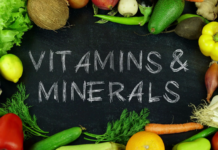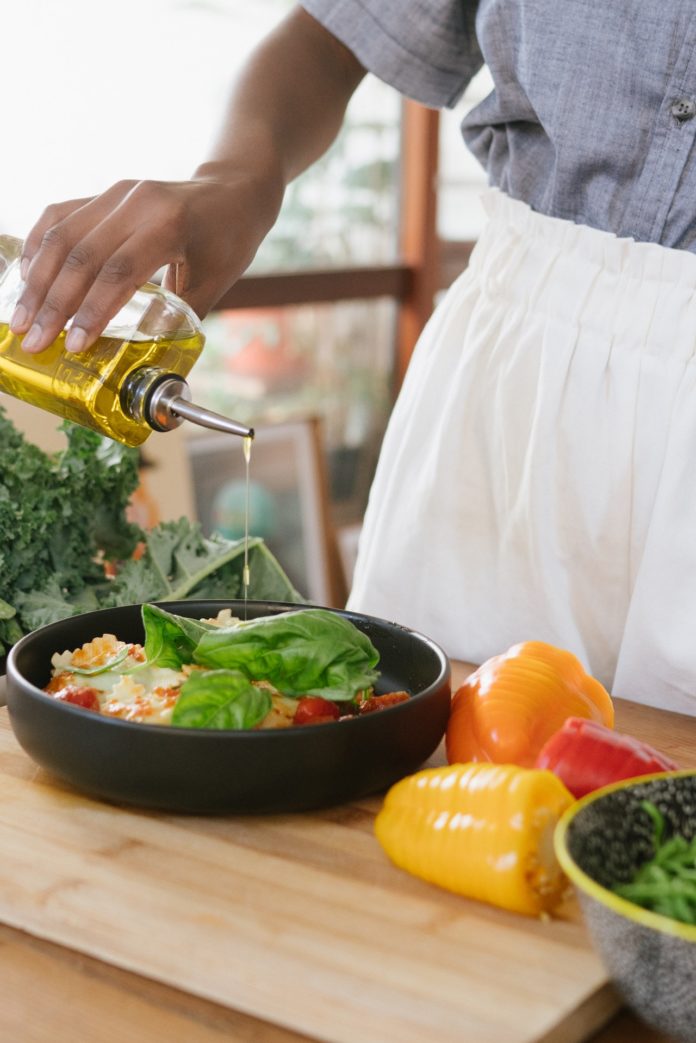How to Cook Food Is of Great Importance
One of the key elements of making sure your food stays healthy and nutritional while cooking, is to make sure what kind of oil is the best to cook with.
Amongst the most publicized oils on the market are olive oil and coconut oil, both that have tremendous benefits.

Coconut Oil:
Its smoke point is 350 (unrefined) and 450 (refined) degrees Fahrenheit. The best oil to use for low heat cooking is unrefined, so it’s important to cook with this oil at lower heat levels. Studies have found that, despite being 92 percent saturated fat, this oil has excellent health properties. It boosts your body’s “good” HDL cholesterol, and is rich in lauric acid (a medium-length long-chain fatty acid that resists harmful organisms, boosts metabolism, and protects brain health).
Extra Virgin Olive Oil
Extra virgin olive oil (EVOO) made from olives and contains mostly monounsaturated fat. “Extra virgin” means it’s an unrefined oil in a natural state, not treated with chemicals or heated. EVOO has a smoke point of 375 degrees Fahrenheit. While you can cook with it on the stovetop, other oils may be a better choice for frying or high-heat cooking. Refined olive oil is lower quality and loses some of its antioxidants and other nutrients in processing, so stick with EVOO.
While it’s important to make sure you cook your foods at a low smoking point, unrefined oils, the ones that provide the most health benefits, have the lowest smoke points. It’s good to take into account, both the nutrients and the point at which heat will destroy the benefits of the oil and release free radicals, causing harm to the body.
The smoke point of oil is the temperature at which it stops shimmering and starts smoking. The smoke point is also called the burning point of oil and can range from relatively low 325 F to very high (520 F).
Smoking oil isn’t always a problem: there are times when it’s inevitable, such as when you’re stir-frying in an extremely hot wok. Typically, however, smoking is a sign that your oil is breaking down.
When oils break down, they can release chemicals that give food an undesirable burnt or bitter flavor, as well as free radicals that can harm the body. Before using any oil, make sure that its smoke point can handle the cooking method you plan to use.

Refer to the chart below as a reference for the smoke points of common cooking oils.
| Oil | Smoke Point ºF | Smoke Point °C |
| Refined Avocado Oil | 520ºF | 270°C |
| Safflower Oil | 510ºF | 265ºC |
| Rice Bran Oil | 490ºF | 254ºC |
| Refined or Light Olive Oil | 465ºF | 240ºC |
| Soybean Oil | 450ºF | 232ºC |
| Peanut Oil | 450ºF | 232ºC |
| Ghee or Clarified Butter | 450ºF | 232ºC |
| Corn Oil | 450ºF | 232ºC |
| Refined Coconut Oil | 450ºF | 232ºC |
| Safflower Oil | 440ºF | 227ºC |
| Refined Sesame Oil | 410ºF | 210ºC |
| Vegetable Oil | 400-450ºF | 204-232ºC |
| Beef Tallow | 400ºF | 204ºC |
| Canola Oil | 400ºF | 204ºC |
| Grapeseed Oil | 390ºF | 199ºC |
| Unrefined or Virgin Avocado Oil | 375ºF | 190ºC |
| Pork Fat or Lard | 370ºF | 188ºC |
| Chicken Fat or Schmaltz | 375ºF | 190ºC |
| Duck Fat | 375ºF | 190ºC |
| Vegetable Shortening | 360ºF | 182ºC |
| Unrefined Sesame Oil | 350ºF | 177ºC |
| Extra Virgin or Unrefined Coconut Oil | 350ºF | 177ºC |
| Extra Virgin Olive Oil | 325-375ºF | 163-190ºC |
| Butter | 302ºF | 150ºC |
©Copyright – Hector Sectzer

















